Greenland Colonization and Crisis: A Conversation with Aka Niviâna
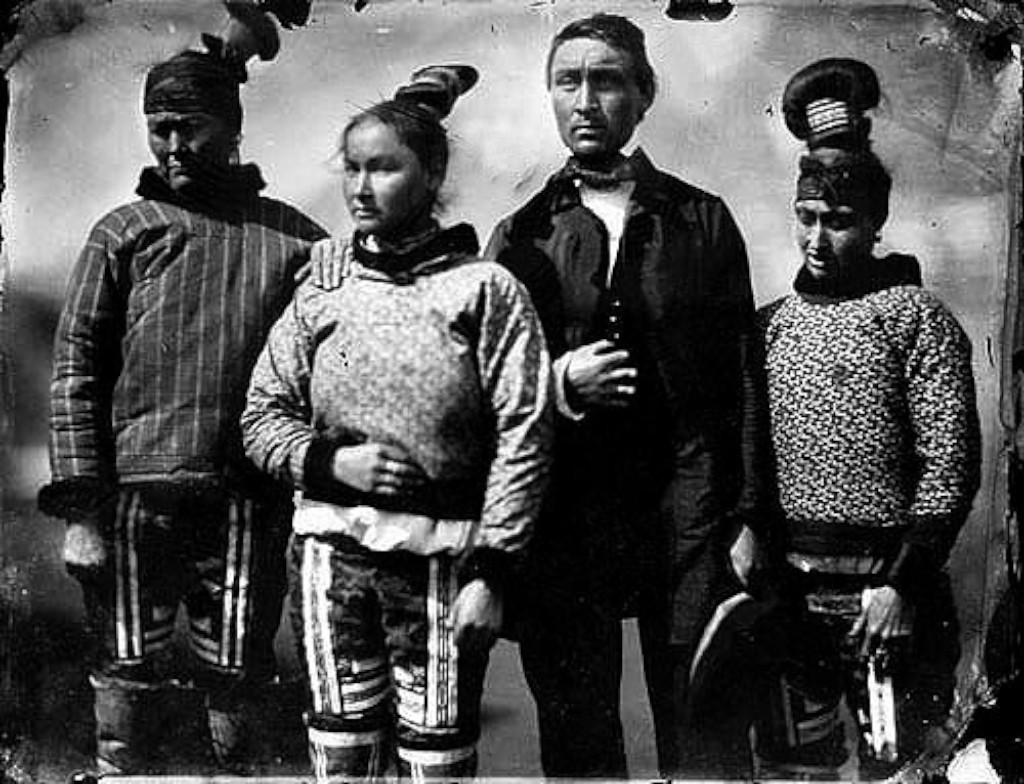
There’s something terribly wrong in Greenland. People are killing themselves at an alarming rate, and no one knows for sure why. Aka Niviâna lives in Greenland and has questions, too. Talking with Aka Niviâna creates the impression of a bright, talented young woman who is going places. She reports that many of the children growing up in Greenland are much the same. As such, she has a lot of hope for the future. But the suicide rate in Greenland is the highest in the world, and more than double the next hightest rate. Is this because of colonization in Greenland, or something else? Social issues are complex and it’s hard to know the truth. But keep reading to find out what Aka believes are the most relevant issues.
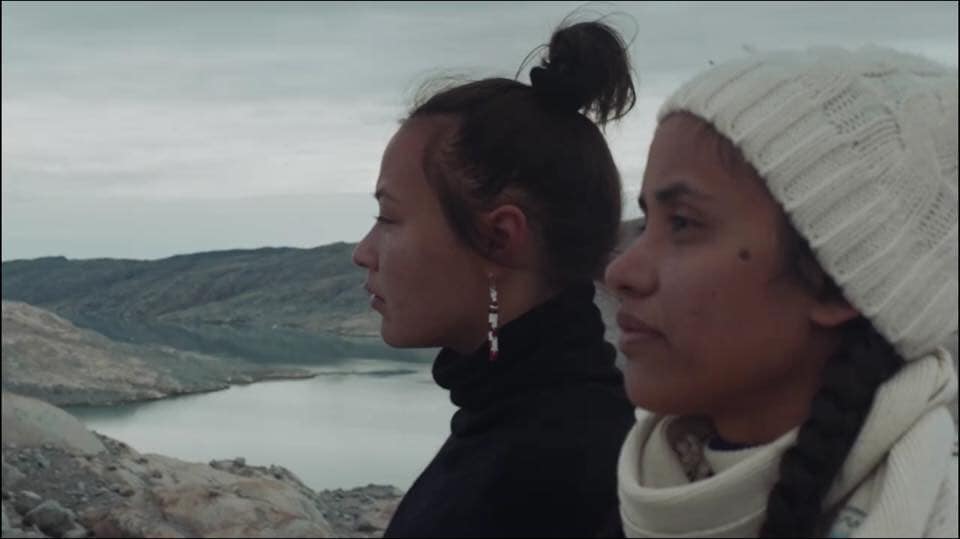
Aka Niviâna was born in a small town in Northern Greenland. Currently, she lives in Nuuk where she navigates several complex roles. She is an activist, a poet, and a part-time college student. Aka believes a complex series of social and environmental factors influence the difficulties facing the youth of Greenland today. Because of this, she advocates for the rights of indigenous peoples.
Inuit Migration to Greenland
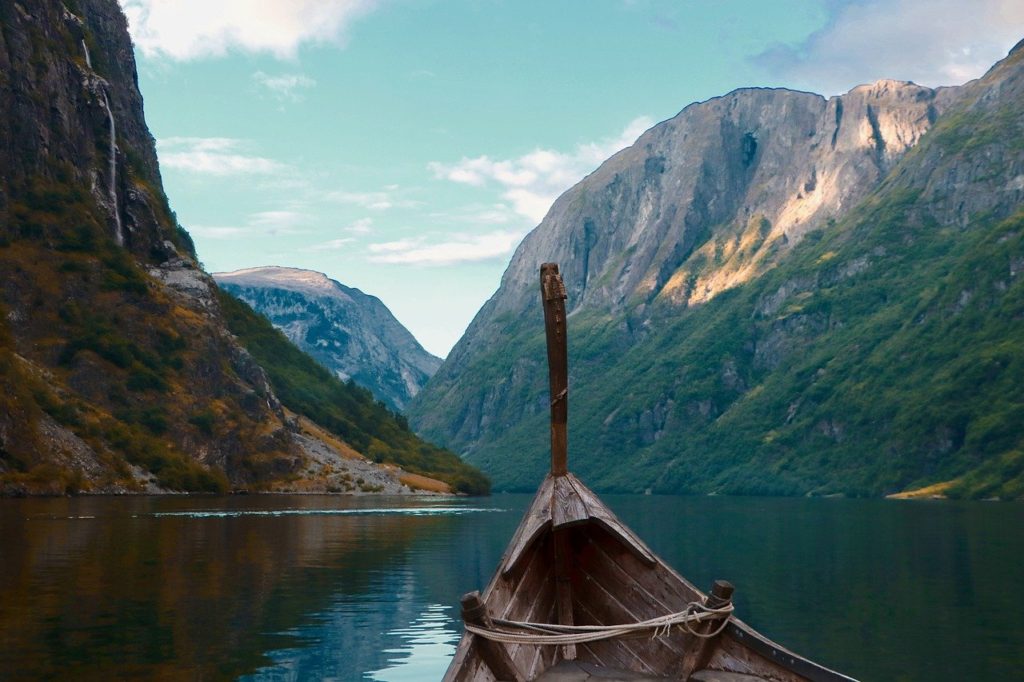
The earliest known human occupation of Greenland occurred in 2500 BC. But it is possible that human tribes knew about and lived there even earlier. At least three waves of first peoples inhabited Greenland, the most recent belonging to the Thule culture. These people were the predominant ancestors of the modern Inuit.
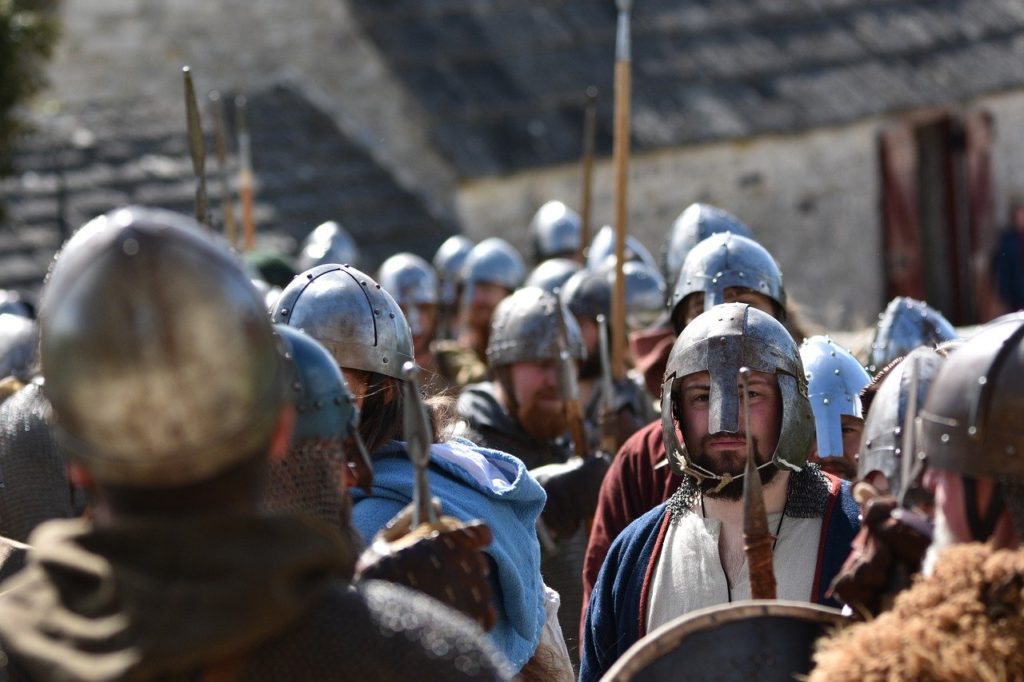
The Arrival of Viking Settlers in Greenland
Vikings first settled in the southern regions of Greenland about 1,000 years ago. By the 16th century, these settlements had vanished. People speculate that this was due to colder temperatures, the declining value of walrus ivory, or a combination of the two. The Danes sent an expedition in 1721 to reassert their claim to Greenland. At that time, they sought to make contact with any European settlements that had survived. No Europeans were found and an outpost was founded for trade and Christian missionaries.
Denmark’s Incorporation of Greenland and Lost Traditions
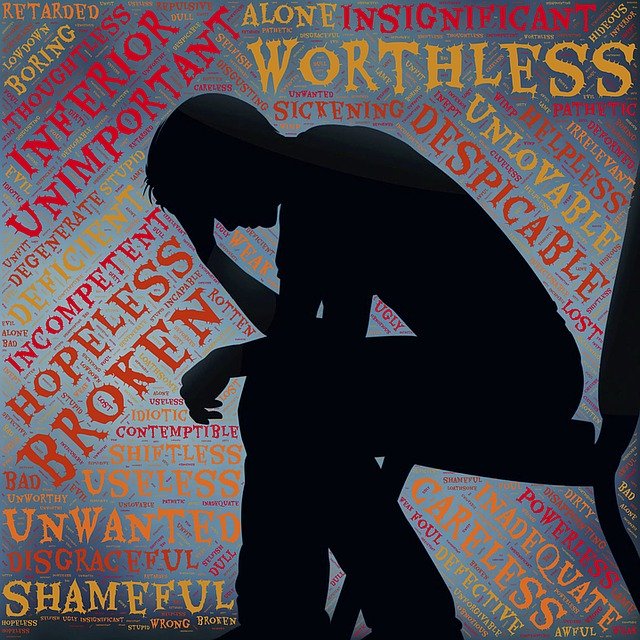
In 1953, Denmark incorporated Greenland as a county and extended the Inuit the rights and privileges of citizenship. They had the best of intentions, but they did not consult the Inuit on the matter and made decisions without them. Nor did they take into account that the Inuit were not Europeans. By extension, European institutions were entirely alien to them.
For thousands of years, the Inuit lived in small, tight-knit communities. While the native peoples were aware of the European incursions, they remained largely disconnected. They were unconcerned with European politics and colonial claims to their land until the 1940s and the advent of World War II.
Blended Families and Incompatibility With Modernization
In their traditional state, Inuit families blended with each other and individuals were often as close to the members of their tribe as they were to their immediate family. The small settlements and outposts were dominated by communal structures. Families shared living space, food, and heat with each other because there was so little to go around. Individuals had tight interpersonal bonds not only among family members but between everyone in the community.
When Denmark modernized the Inuit and forced them to adopt the modern European community, the Inuit resisted. In contrast, they wanted to keep their traditional structures and traditions.
Rise of the Nuclear Family in Greenland
The Danes sent doctors and teachers and construction workers to help the Inuit move down the path to modernization. Single-family homes sprang up. When the Inuit resisted change, armed police forced them to live in the Danish style homes. Communal tribes and family structures were forcibly changed into European-style nuclear families. Therefore, the traditional communal structures were destroyed to prevent them from returning to their former traditions. But Aka says her mother only goes to the doctor as a last resort, and doesn’t think they know anything.
I don’t need to go to a doctor. I just need to eat right and take care of myself and it will go away.
Aka Niviâna Mørch Pedersen
Despite progress there is still strong resistance to the changes forced upon the Inuit. The suicide rate skyrocketed.
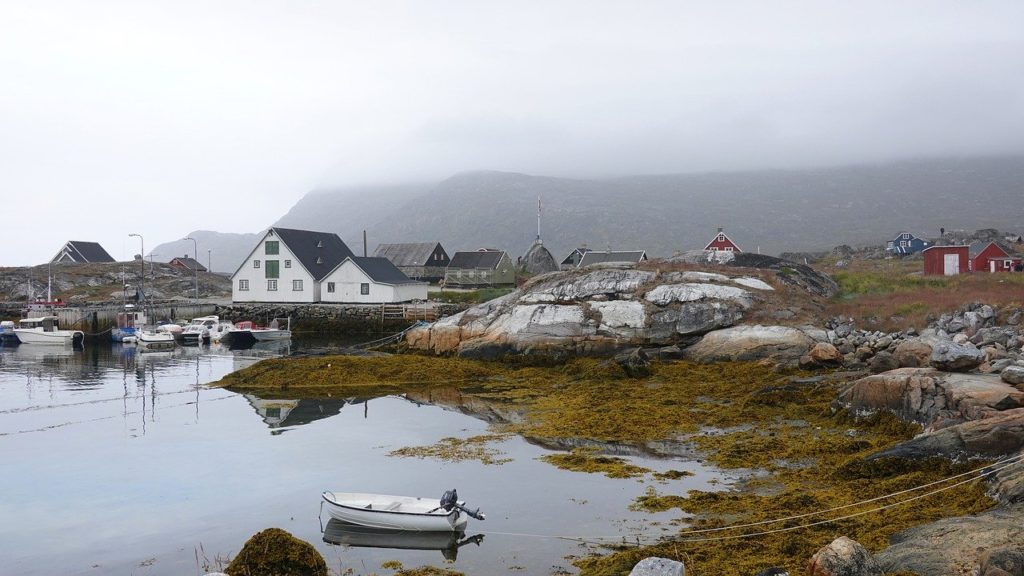
The Path to Home Rule in Greenland
While Denmark had given them nice new homes, the new buildings and way of life were alien to the Inuit. Aka says they missed their old way of life and some have trouble adapting and don’t communicate well.
We don’t talk about things. We pretend it didn’t happen.
Aka Niviâna Mørch Pedersen
For 26 years things continued to get worse until, in 1979, Denmark granted the Inuit and native Greenlanders the right to home-rule. But the situation did not immediately improve. Suicide rates climbed in Greenland until they were more than three times higher than any other country in the world. Today, Greenland still has the highest rate of suicide in the world. But it has backed off from the peak rate. Because of this, there is the hope they can make more progress in the fight against suicide.
Rising Suicide Rates in Greenland
One study showed that from 1900-1930, the suicide rate in Greenland averaged 0.3 per 100,000 people. With a population of less than 20,000, this means that most years there were no recorded suicides. As late as 1960 it was still not unusual for there to be no suicides in a given year. However, the suicide rate then skyrocketed until, for men, it peaked at 600 per 100,000. Almost all of the victims were born after modernization, and the effect was mirrored by Inuit populations in Canada and Alaska.
Today the combined suicide rate between men and women in Greenland is 100 per 100,000. This is a dramatic improvement from the peak but still unacceptably high by any standards. As such, it is catastrophically high when compared to pre-modern rates.
Why Greenlanders Have Lost Hope
The world is changing, and Greenland is changing faster than just about anywhere else. As the glaciers in Greenland recede, the young are experiencing an epidemic of depression, hopelessness, and suicide. What can be done to stem the flood? Can anything be done? Aka Niviâna has insight and hope for the future. The bottom line is that nobody can say exactly why Greenlanders kill themselves so often. Official reports blame poverty, cold, and darkness, but all of these things existed before Denmark intruded and the rate was almost non-existent.
According to Aka, many people find it depressing to think about how much better other people have it. They make more money, they have more access to things. Many Inuit hear constantly about wealth, sophistication, and plenty in Denmark. Aka reports about feelings of misery and hopelessness like there is no chance of Greenland ever being able to compete with countries far away.
These feelings of isolation and inferiority can lead to depression and shame. The afflicted withdraw from others and do not communicate, turning instead to alcohol and other forms of escape.
The Positive Aspects of Modernization
Modernization was not all bad. Western medicine brought lower infant and child mortality. The population of Inuit has quadrupled from 12,000 in 1900 to 50,000 today. 100% of Greenlanders are literate, and the per capita GDP is $37,000, although according to Aka, their income is offset by a 42% income tax. It’s hard to believe that people still wonder whether Greenland is for sale.
From 1900 to 1960, suicide was an extremely rare event in Greenland. When Denmark modernized Greenland in the ‘50s, it appears they also introduced the social ills of Western culture. Alcohol is present in the blood of 50% of suicide victims. One might speculate that the single-family home and nuclear family structure may have contributed. This is because the uncomfortable conditions may have led to feelings of isolation, hopelessness, and abandonment. These feelings may have been experienced by young people since the 1950s.
A Brighter Future for Post-Colonial Greenland
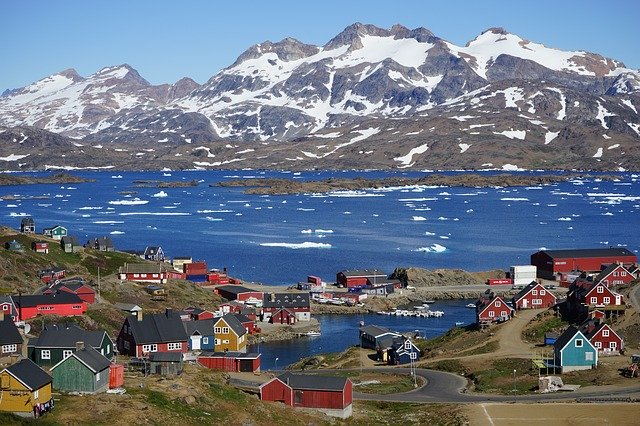
Aka believes the young people in Greenland have a lot of energy and want to communicate better and bring more change. She has a lot of hope and thinks the future of Greenland is bright. In spite of the retreat of the ice and the drastic social upheaval that came with their forced introduction to the West, Greenland is taking their power back. They are on track for more self-government and are motivated to seek solutions. Despite the size of their difficulties, it is not unreasonable to expect great things to happen in Greenland.
Featured Image: “Inuits” by paukrus is licensed under CC BY-SA 2.0

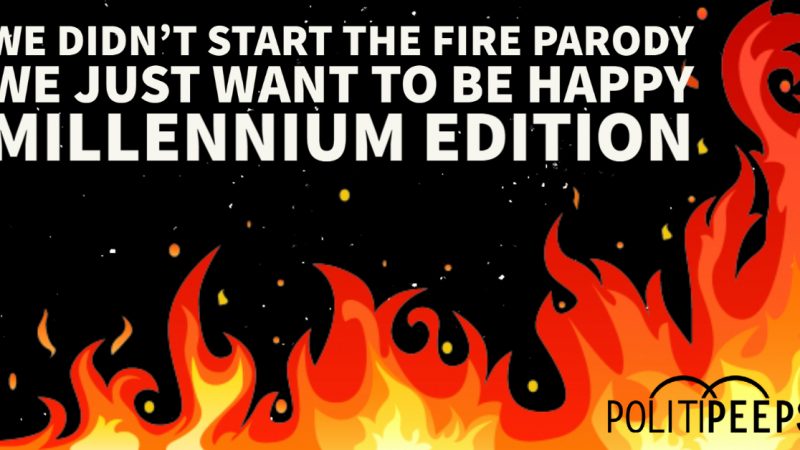
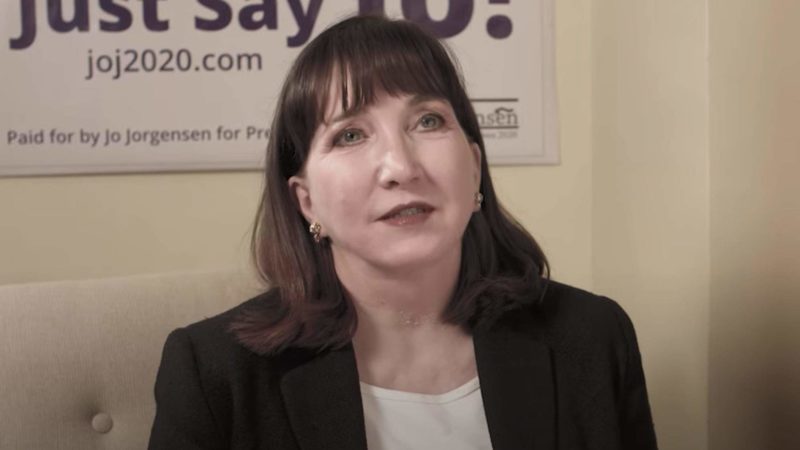
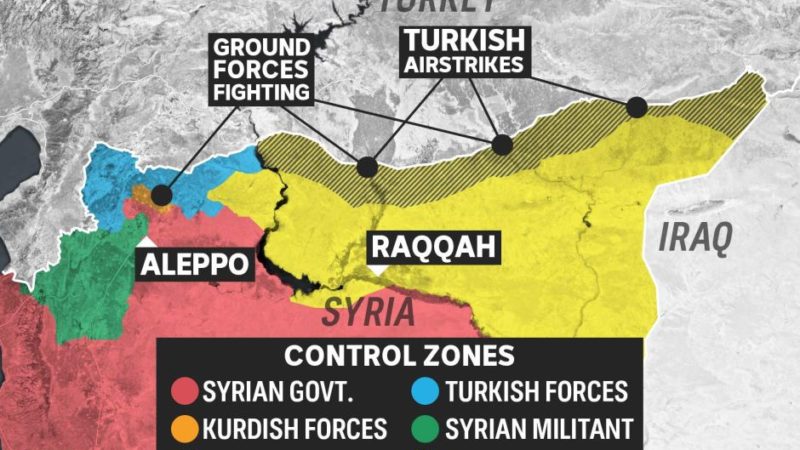
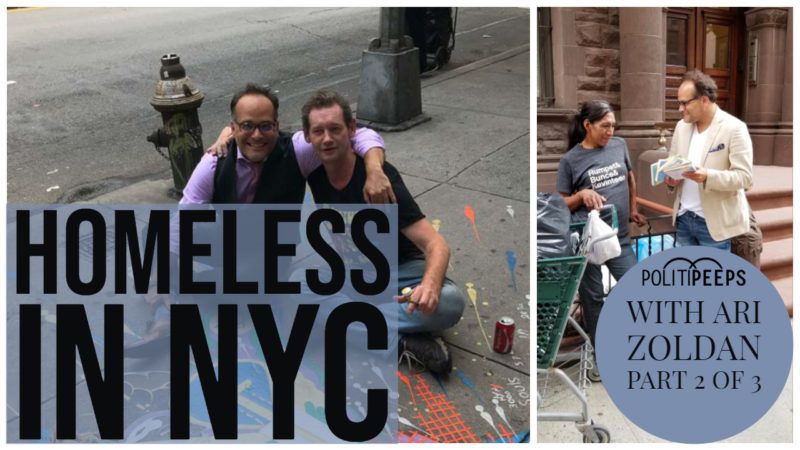
Facebook Comments